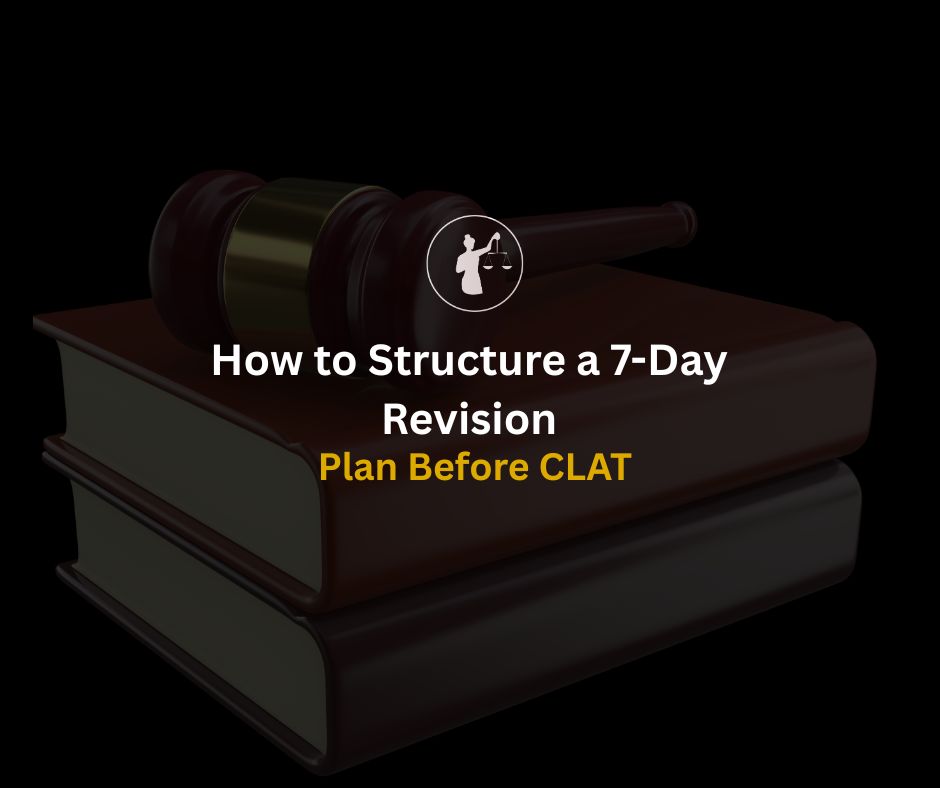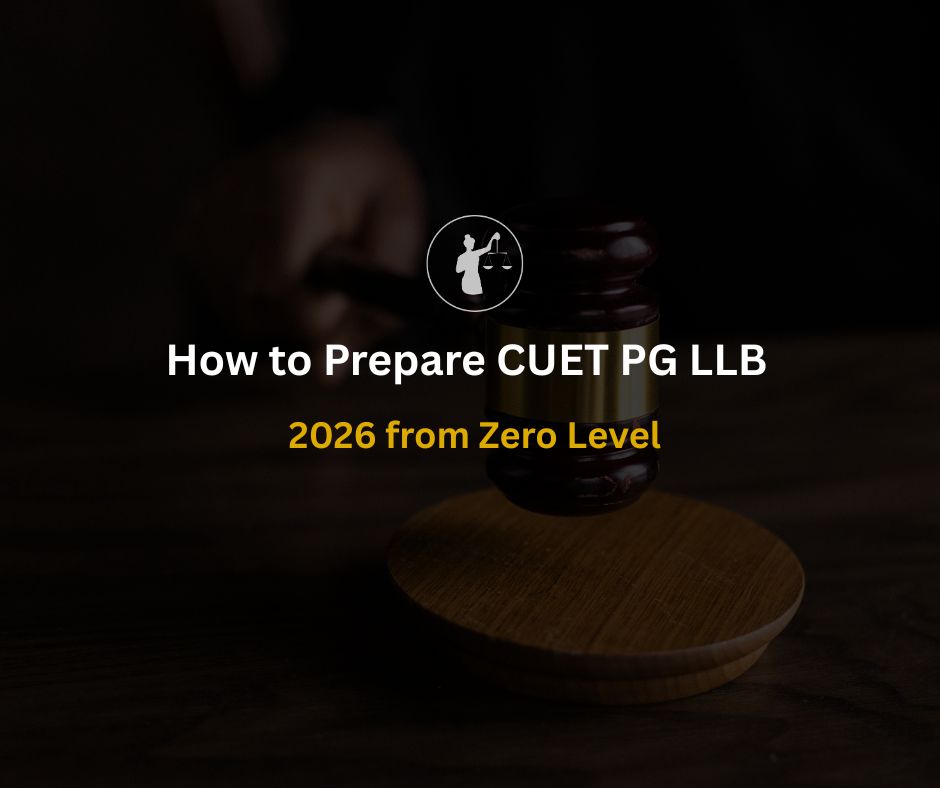
If you’re guilty of sidelining Quant during prep, you’re not alone. Many aspirants push it down the priority list, low weightage, high uncertainty, right? But here’s the insider truth: Quant is the only section where 90% of questions come from a fixed toolkit. You either walk in with those tools sharpened, or you waste precious minutes building them mid-paper.
Toppers don’t solve Quant faster because of raw talent it’s mastering a small set of repeat formulas that makes the difference. These formulas don’t just appear once they’re repeated. If you’re efficient with these, you turn Quant into free marks.
Here are 9 formulas that aren’t just useful
they’re repeated. If you’re efficient with these, you turn Quant into free marks.
Join Our Telegram for Latest Updates
Where it appears: Trains, boats, people walking or driving. Always disguised in words but reduced to this.
Toppers’ edge: They don’t memorize just this — they internalize that if speed doubles, time halves. If a question gives two scenarios with same distance, use:
S₁ × T₁ = S₂ × T₂
Also remember:
km/hr to m/s = ×5/18, and vice versa.
Where it appears: DI graphs, class scores, runs, salaries.
CLAT twist: Sometimes, you're given averages and need to find missing terms or combine two groups. That’s where the combined average formula helps:
Avg = (n₁A₁ + n₂A₂) / (n₁ + n₂)
Useful for questions like: “If average marks of boys is 70 and girls is 80, what’s overall class average?”
Where it appears: Price changes, salary hikes, revenue charts.
Toppers recall:
For successive changes, use:
Net % = a + b + (ab/100)
CLAT trap: Confusing original vs new value — read carefully. If a price goes from ₹200 to ₹250, change is 25%, not 20%.
Why combine them? Because CLAT rarely asks both — but it does test if you know when to apply what.
Simple Interest (SI):
SI = (P × R × T)/100
Compound Interest (CI):
CI = P(1 + R/100)^T − P
Toppers’ tip:
If asked the difference between SI and CI for 2 years:
Difference = P × (R/100)^2
Also, remember approximation:
For small R,
CI ≈ SI + (SI × R)/100
Where it appears: Shopkeeper questions, discounts, markups.
Must-know trick:
Profit 20% → CP:SP = 100:120
Loss 10% → CP:SP = 100:90
CLAT twist: They’ll throw in successive changes or multiple transactions — stay rooted in base (Cost Price).
Formula:
Mean = (Upper × lower diff% + Lower × upper diff%) / Total ratio
Use case: Mixture questions — especially when two types of solutions or prices are combined.
Topper insight: Draw the “Alligation Cross” (a criss-cross diagram). CLAT rarely asks pure formula here but checks if you can simplify.
Hack: If stuck, plug in simple values and test options — don’t over-algebra this.
Where it appears: Time-work, partnerships, cost splits.
CLAT trap: Problems often twist total values — like "Rs 1200 divided in 2:3 ratio" — don’t just divide. First sum parts (2+3=5), then assign shares.
Must-know variant:
If A is 20% more than B → A : B = 120 : 100 = 6 : 5
Where it appears: DI or direct logic problems with categories — sports, languages, subjects.
For 2 sets:
n(A ∪ B) = A + B − A ∩ B
For 3 sets:
n(A ∪ B ∪ C) = A + B + C − (AB + BC + CA) + ABC
Toppers’ edge: They draw the Venn before solving. Avoid direct plugging unless counts are small and clear.
Where it appears: Tank filling, people doing jobs, efficiencies.
If A does a job in 10 days → Rate = 1/10
If A & B together → add rates: 1/A + 1/B
CLAT twist: Watch for “more people joined later” or “left early.” Create a timeline.
Must-know:
If efficiency ratio A:B = 2:3, then time ratio = 3:2 (inverse).
CLAT Quant isn’t about talent, it’s about training. And training begins with knowing exactly what to prepare, not wasting time on what won’t show up. These 9 formulas are your basecamp. Use them well, and you’ll stop fearing the section altogether.
At NLTI, we don’t just tell you to “practice more.” Our mentors show you where to aim, what formulas matter, how to recognise patterns, and how to master speed without sacrificing accuracy. When your preparation is this focused, Quant stops being a gamble and starts becoming free marks.





